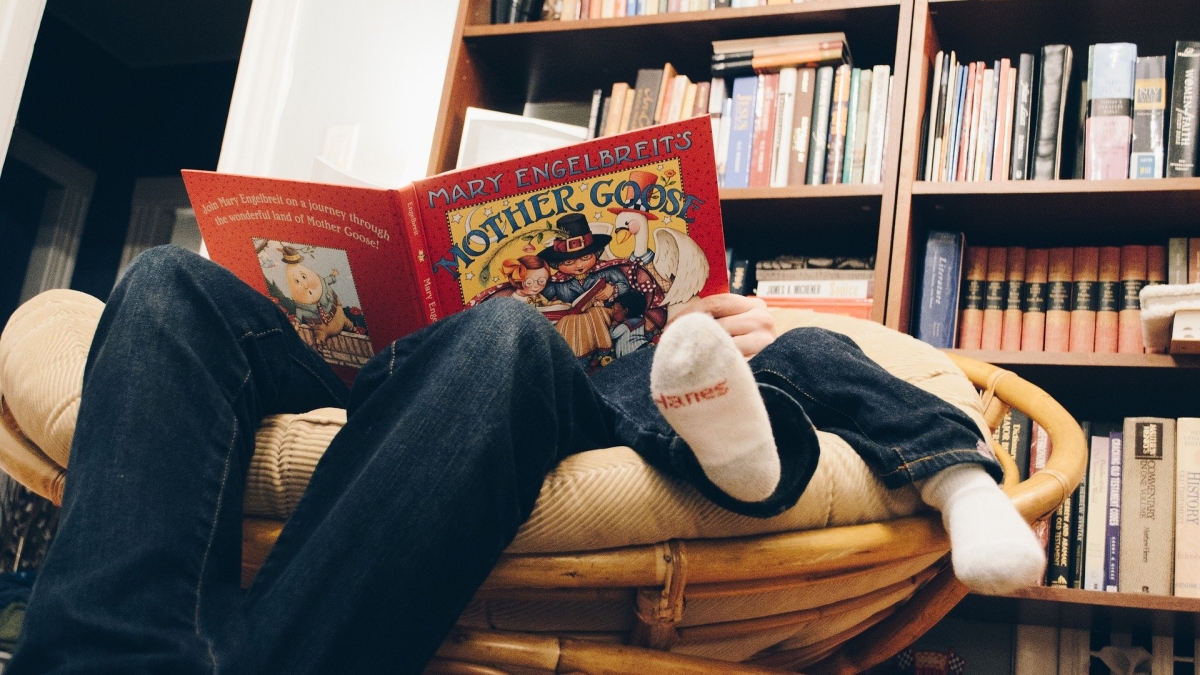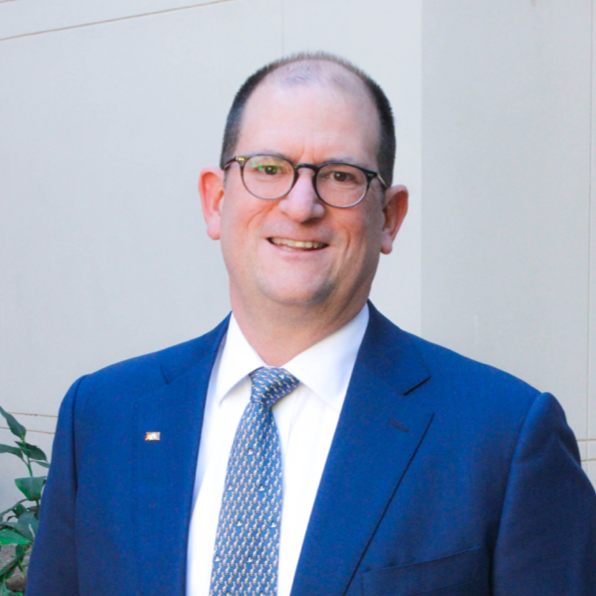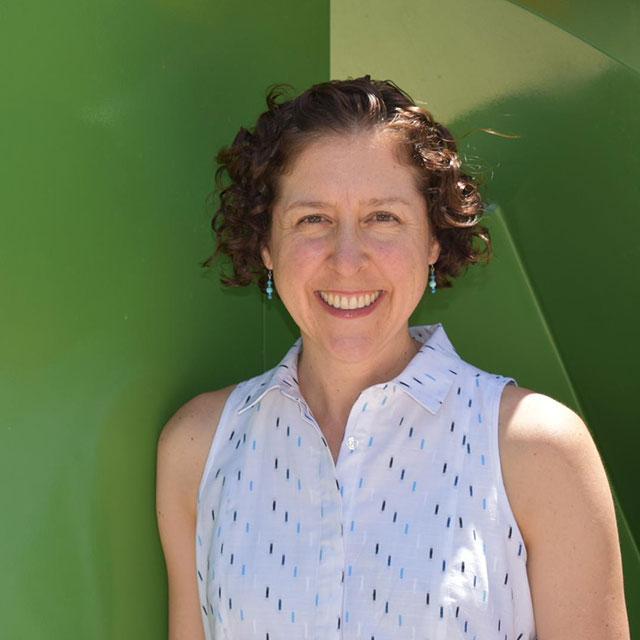With schools across the nation closing amid concerns over the developing COVID-19 crisis, parents everywhere are finding themselves in a perplexing situation when it comes to ensuring their children don’t fall behind in their coursework.
“We’re in pretty uncharted territory right now,” said Brent Maddin, executive director of Educator Workforce Initiatives at Arizona State University’s Mary Lou Fulton Teachers College.
Brent Maddin
To help those parents, he and Lisa Wyatt, Mary Lou Fulton Teachers College senior program manager, put together a list of a variety of educational resources parents and families can access through the college’s website. There are resources for both elementary and secondary students, and they include everything from instructions for educational activities like making hand soap to information on how to sign up for learning platforms like Prodigy, which both Maddin’s and Wyatt’s children use for math lessons.
“Our hope is to provide a well-curated list of resources for families with kids at home, rather than parents having to comb through thousands of posts and links with varying degrees of quality,” Wyatt said. “We sorted through that complexity and included what we thought were some strong resources.”
The pair wanted to create something they could use with their own kids, and they have been. ASU Now checked in with Maddin, whose children are 6 and 8, and Wyatt, whose children are 12 and 14, on Day 2 of their homeschooling adventures. Read on to find out how it’s going, and to get some expert advice on teaching at home.
Question: How are you personally dealing with this situation?
Wyatt: My girls are still processing what this means. My 14-year-old had some assigned schoolwork from before spring break, so she’s been working on that. My 12-year-old and I took a look at the list of resources for secondary students and I asked her to pick three things she wanted to work on. She decided on a history project, and then she’s using ProdigyAn online math learning resource. for math and DuolingoAn American platform that includes a language-learning website and mobile app, as well as a digital language-proficiency assessment exam. to practice Spanish. She’s also reading and doing one craft activity. So she chose those things and created a schedule for herself. She works on everything throughout the day, we check in briefly at lunch time and then we assess everything in more depth in the evening.
Maddin: One of the challenges here is the transition from spring break. There’s this sort of confusion for kids who are like, wait, last week I was just chilling at home and you weren’t making me do any of this stuff. So part of it is trying to help kids make sense of that. Because my kids are younger, we put together a schedule for them, then my wife and I sat down and shared it with them Monday morning. Right now, we’re being a little more prescriptive with our 6-year-old, but we’re giving our 8-year-old a little more choice.
Lisa Wyatt
Q: Should parents worry about straying from whatever subject matter their child was learning at school?
Wyatt: What we’re seeing a lot as far as guidance from schools and districts in terms of the resources they’re offering, is that they’re saying this is not required, this is just an offering for you to explore. I would say at this point, our hope is that students can just find something they’re excited to learn about. It’s less about making sure every single box is getting checked off, and more about focusing on how to keep kids’ brains engaged and creating some of kind of structure for them.
Q: How many hours a day should kids be spending on schoolwork?
Wyatt: I would hesitate to put a number on it. If a kid is excited about something and wants to learn more and do more work on that, amazing. But it is a tough time right now, and that’s the reality of it. Learning happens in so many ways, and I truly believe that learning how to cope with this crisis is as or more important than meeting curricular requirements right now. And I’d rather see a kid really engaged in something for 10 minutes than staring at a screen for an hour and a half.
Q: What are some alternative modes of learning you would recommend?
Wyatt: Reading together as a family it a great thing to do, or even listening to podcasts together. Sometimes we don’t think about storytelling as learning but it is. The other thing you can do, which as educators we’re increasingly realizing is really important, is allow your children the ability to direct their own learning and develop that executive functioning and learn day-to-day life skills. I personally have taken time to prepare food with my kids more in the last four days than I had in the last four months.
Maddin: Another piece to this is the idea of connection. The world literally now is becoming more and more isolated. So what are the ways we can continue to build community, both within close-knit family structures, but also outside of those hunkered down with us. Starting next week, my children’s grandma is going to take 30 minutes to read to our kids via Facetime. And we’ll just make that a predictable, weekly thing. And during that time, my partner and I will be catching up on our own work! And we’ve talked about having similar sort of digital meet-ups with their classmates, as well.
Q: Do you have any advice for keeping kids focused?
Maddin: If you’re marching through a bunch of stuff that they’re not fired up about, it’s pretty easy for them to lose focus. But if they’re really fired up about something, teach them about it. Today is St. Patrick’s Day and my kids are kind of geeking out about it. So that’s an opportunity for them to listen to a podcast or watch a documentary about the history of St. Patrick’s Day. And some of it is just making sure to mix up activities and have things for them to look forward to.
Top image courtesy of Pixabay.
More Arts, humanities and education

ASU student finds connection to his family's history in dance archives
First-year graduate student Garrett Keeto was visiting the Cross-Cultural Dance Resources Collections at Arizona State University as part of a course project when he discovered something unexpected:…

ASU alumna makes her way back to the ASU Gammage stage for '¡azúcar!'
As the Los Angeles-based CONTRA-TIEMPO dance group prepares for its upcoming production “¡azúcar!” at ASU Gammage, for one member of the dance group it is also a nostalgic return to her home.Born in…

ASU FIDM professor wins international award for fantastical, sustainable creation
The horror of an ailing Earth inspired an Arizona State University fashion professor to create a fantastical garment out of sustainable, re-used and found materials that won a prestigious…


